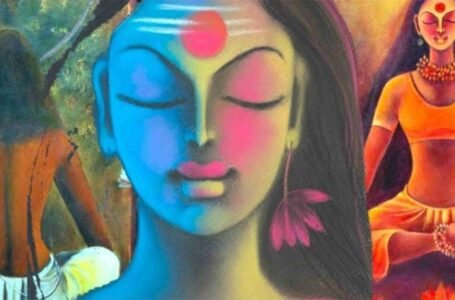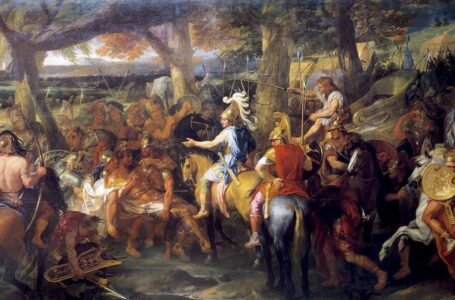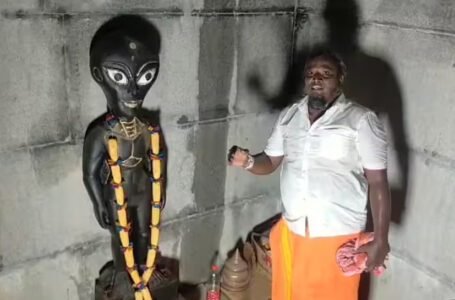Chhath Puja: The Festival of Reverence to the Sun God

Also termed the Mahaparv, Chhath Puja is one of the most prestigious festivals of Hinduism celebrated mainly in Bihar, Jharkhand, Uttar Pradesh, and parts of Nepal. The festival venerates the Sun God (Surya) and his sister, Chhathi Maiya, both being icons of life, wealth, and healing.
It is a four-day festival characterized by stringent rituals, fasting, and worship, whereby devotees pray for the well-being of their families. Unlike many other Hindu festivals usually associated with temples, Chhath Puja is celebrated along riverbanks, ponds, and several water bodies, proffering a deep association with nature. 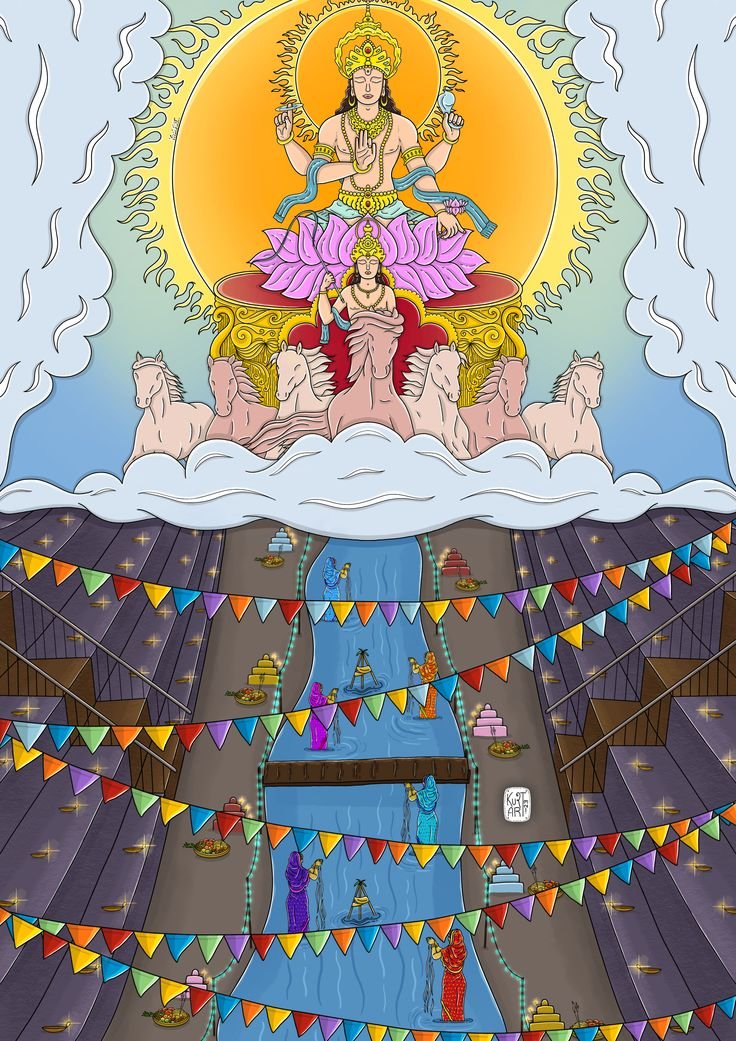 The festival represents commitment, gratitude, and awareness of the environment in rituals focused primarily on water bodies and cycles of sunrise and sunset.
The festival represents commitment, gratitude, and awareness of the environment in rituals focused primarily on water bodies and cycles of sunrise and sunset.
History of Chhath Puja
Chhath Puja is an ancient Vedic festival, one of the oldest rites still performed in its original state. The legends and tales interwoven into its history are mostly from the Hindu scriptures and particularly include hymns for the worship of the Sun God from the Rigved. The Mahabharat and Ramayan also tell stories of similar traditions of sun worship.
The origin of Chhath Puja has been linked back in its roots to the Vedic forms of early civilizations that worshipped Nature as part and parcel of their daily lives. Some authorities believe that Chhath Puja is a ritual originally performed in ancient times by the sages or “rishis,” using chants and mantras to harness solar energy for health and healing.

According to the Mahabharat, Chhath Puja was performed by Draupadi and the Pandavas when they were in exile. The story highlights devotion and determination, the very values of Chhath. In another version, Lord Ram, with Sita, performed the prayer on their return from exile to pay homage to the Sun God.
Mythology Behind Chhath Puja
The folklore surrounding Chhath Puja adds colour and some utility to its importance and celebrations. The apex is the worship of Surya, the Sun God, and Chhathi Maiya, who is believed to be the goddess of healing and fertility. The stories in Hindu mythology stress the divine combination of the Sun God concerning creation and sustenance.

Surya according to Hindu mythology is the depiction of prosperity, supremacy, and vitality. Many parts of India do know him as the supreme universal force providing light warmth or life to all living beings. The worship of Surya during Chhath Puja may symbolize a flow of energy, where devotees proclaim their gratefulness for the sustenance of life.
Chhathi Maiya, in local political mythology, is often assumed to be associated with Usha, the wife of Surya, being acknowledged for looking after the young children to enable the family to thrive. According to folklore, Chhathi Maiya fulfils the desires of the devotees by providing whatever they want as blessings and happiness to those who perform the Chhath rituals with a noble heart. These devotees pray for various personal and eternal favours such as health and long life for themselves and their loved ones.

Ritual of Chhath Puja
Chhath Puja is a four-day-long festival in which each day symbolizes a deeper level of devotion and purification.
Day 1: Nahay Khay (Purification) – The first day of Chhath Puja is celebrated with Nahay Khay, in which devotees take a dip in a holy river or pond. This is considered a very pure action to cleanse oneself as well as the surroundings before preparing certain special vegetarian dishes. It symbolizes the washing away of impurities and preparation for spiritual devotion.
Day 2: Kharna (Fasting) – On the second day, devotees observe a strict fast whereby they only eat one meal containing kheer and chapati. Beginning from dusk, they abstain from food and water until they offer to the Sun God the next day. It is an act that puts their resolve in the observance of the ritual to the test.
Day 3: Sandhya Arghya (Offering to the Setting Sun) – The third day is dedicated to Sandhya Arghya; on this evening, devotees visit river banks or other places with water to offer a mixture of milk and water known as ‘arghya’ to the setting sun. This ritual serves as an expression of all of the life and energy given to us by the Sun. Devotees sing traditional songs about the festival, recite prayers, and offer supplication and spiritual touch to their families.
Day 4: Usha Arghya (Offering to the Rising Sun) – Usha Arghya, or offering to the rising Sun, is the last day when the devotees eat after their long fasting. This ceremony is an anticipation of hope-resurrection-rebirth of life. Offerings include seasonal fruits, sweets, and the symbolic thekua, a traditional sweet made during Chhath Puja. It is at this point that devotees conclude their four-day observance and return home, carrying blessings for health and happiness.

Environmental and Cultural Significance
Chhath Puja is specifically reassuring through its naturalistic approach to promoting environmental awareness and advocating the protection of water bodies, rivers, and nature’s wealth. This festival acts as an epitome of a green celebration where the devotees shun plastic, synthetic, or harmful materials and choose to use biodegradable substances, such as banana leaves, mud pots, and bamboo thali plates, for offerings.
This is the environment-friendly way it gently instils in the devotees the need to respect nature and preserve the very resources that the community depends upon for life and health. Besides, the festival of Chhath links the generosity of garnering background from communities of different social and economic strata around a thickly woven tapestry.
The festival is mainly celebrated in the states of Bihar, Jharkhand, and Uttar Pradesh, particularly along the banks of the Ganges and Kosi rivers. And it is not unusual to find countless gallants in places like Patna and Varanasi on Chhath Puja, watching hordes of devotees perform sacred rituals along the ghats. In Nepal, this festival also gets celebrated with great earnestness in those Hindu-dominated areas, thus providing us with a lookout into the cultural-religious link that transcends the borders.
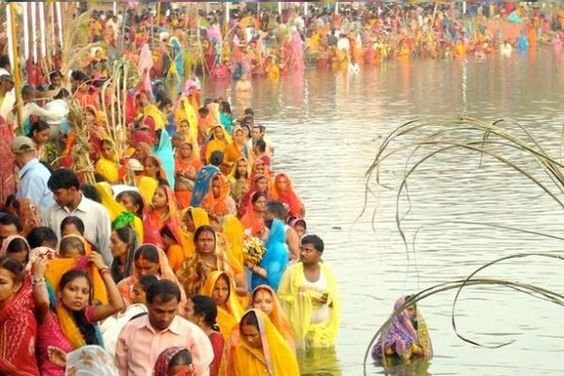
Impact of Chhath Puja
Chhath Puja is more than just a religious observance; It is a means of showcasing identity, cultural pride, and unity to the people of Bihar, Jharkhand, and Uttar Pradesh. The festival creates a bond of family and community, with families coming together to prepare the rituals, cook traditional foods, share water and share responsibilities. It passes down pride in cultural tradition from generation to generation, along with the values, meaning, and rituals that accompany them.
The festival has exact economic bearings, especially in states like Bihar. Local artisans and vendors see a marked rise in demand for traditional articles such as bamboo baskets, clay pots, and diyas. At the same time, from small vendors to artisans, this particular festival generates livelihood opportunities, which contributes in no small measure to the local economy.
Chhath Puja symbolizes purity, fixation on cleanliness, and sustainable use of natural resources, thus encouraging people to keep rivers and local water bodies clean. In recent years, yearly government initiatives along with volunteer groups have organized cleanup campaigns along rivers and ponds, especially before the festival. The awareness of environmental conservation that comes in these years has culminated in higher public consciousness of pollution and the conservation of water resources.

Strict fasting and devotion during Chhath Puja are viewed as the epitome of faith, endurance, and discipline. The demanding nature of the festival, in particular, the hard 36-hour fasting proves the commitment and spiritual resolve of devotees. This resolve inspires communities and demonstrates to them the life-changing impact of devotion.
Conclusion
Chhath Puja has deep historical roots and is steeped in mythology and eco-conscious practices, making it a cherished part of Hindu tradition. As a grand celebration or Mahaparv, Chhath Puja incorporates such time-honoured values as gratitude, faith, and respect for natural resources. Worshipping the Sun and water bodies puts special emphasis on ecology and puts the festival in the context of spirituality and the bond of humanity with nature.

At its heart, Chhath Puja gets its people together beyond the barriers of caste, class, and spiritual hierarchy, invoking a sense of fraternity to nurture resilience and reverence for life. It is a festival of reaffirmation of faith, gives homage to Nature, and provides an inner wealth of cultural pride to millions of people across India and Nepal. The festival venerates the Sun for sustaining life on earth and Mother Earth for being nurturing. Chhath Puja teaches devotion, endurance, and awareness of environmental issues across generations, so its legacy will continue for centuries.
